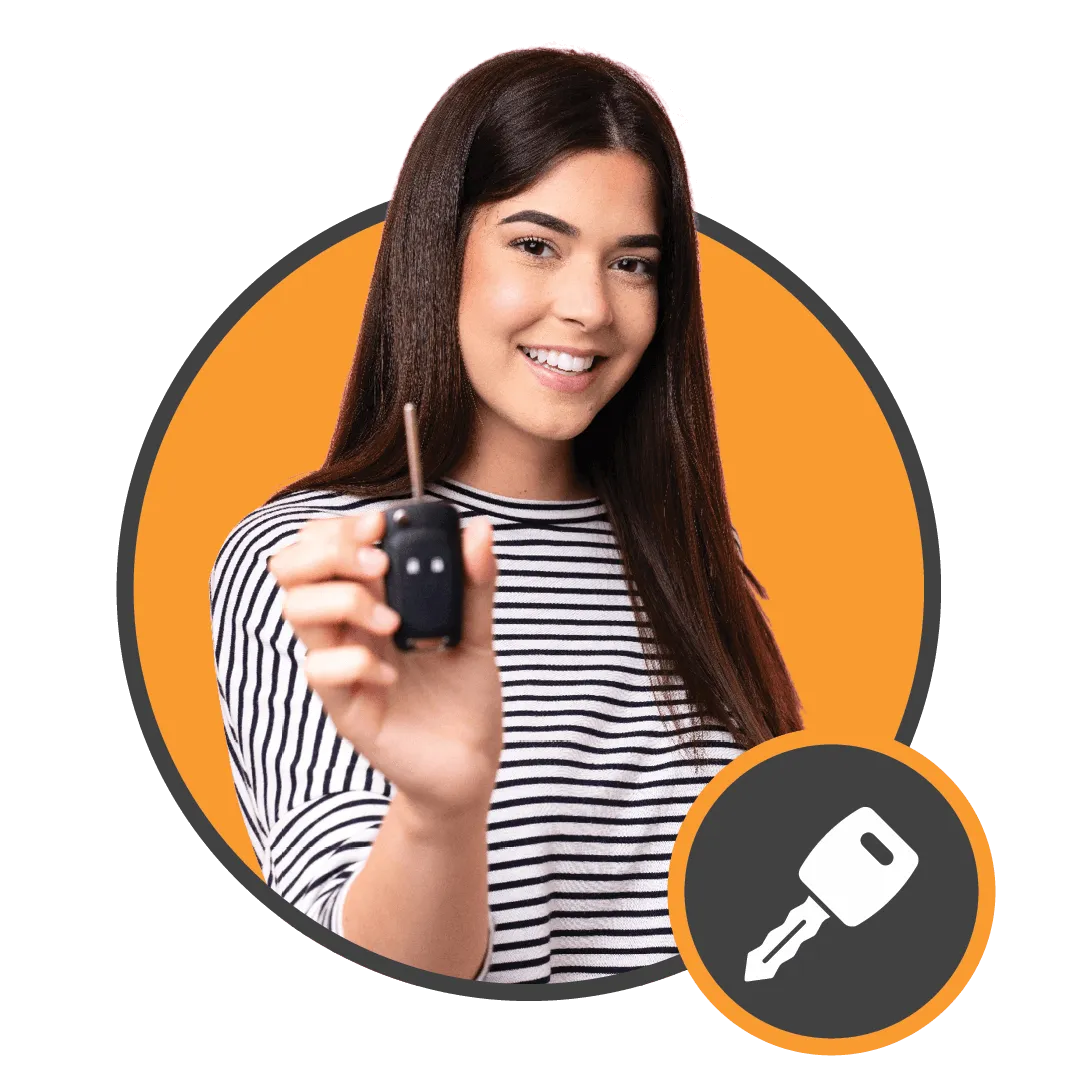Jump start your vehicle
Record breaking cold across the prairies. We are in the heart of winter my friends, and it’s not the greatest. You know who else it sucks for though? Your poor little vehicle. Actually it sucks just as much for your jacked up truck. Vehicles weren’t really made to handle -50. Here in Western Canada, us humans have adapted. But barring your vehicle spending an extended period in a heated area, you may be left out in the cold. Literally.
If you jump into the driver’s seat and turning the key or mashing the brake pedal and pushing that button yields nothing for you, have no fear. We have some tips for you!
Try turning the key.
We aren’t trying to patronize. Frankly we’ve all become spoiled with our vehicles these days and expect to just jump in and go. If you turn the key in winter and the car catches and starts, great! You’re on your way. If it doesn’t though, don’t call the tow truck just yet. Crank the key or push start for a few more seconds. At that point if it doesn’t catch, stop momentarily. Starter motors overheat rather easily if attempted for ten seconds or more, which would cause a whole other issue for you. Wait a couple minutes, allow your battery to power up again and give it another go.
For manual transmissions, another tactic you can try as you turn the key is slowly pushing in the clutch as you do so. This eases the work required on the battery and might give you that extra boost to turn the engine over
Batteries are not a fan of the cold.
All batteries, from the ones in your remote to the one in your car produce less output when it’s cold. They tend to be the main culprit for a car that won’t start. But a good first step is to open up the hood and take a look if there’s more of an issue than just the battery being dead. Over time a salty substance of corrosion can built up, causing the battery to not work properly. Disconnecting the battery and cleaning with a toothbrush with a concoction of baking soda and water will straighten that issue right up. It’s winter though, so try and do that inside or the frozen water could actually cause further issues. Even if you check and there are no signs of corrosion, always good to ensure you have no loose cables which could be breaking a connection.
Turn off all your accessories.
The best part of having a newer vehicle is all the bells and whistles that come with it. Unfortunately, with each heated seat it means more power required to get your car started. Step one if your engine isn’t turning over is to turn everything off. Your headlights, heated everything, your vehicle’s defrost, stereo, etc. This will allow your battery to give it all she’s got and maximize its amps in hopes of getting that engine started. If this works, don’t jam on that radio to celebrate right away. Let the car run for a bit or you may run the risk of the battery dying on you once again.
If all else fails, it’s time for a boost.
If your engine doesn’t turn over or does so weakly, and you’ve already tried the options above, it might be time for the last resort, a jump start. If you’re a boosting veteran and you’ve done it a million times, simply track down that good Samaritan and get your car running again. Many people are also subscribed to a roadside assistance service through their vehicle purchase or perhaps a sign-up through CAA. In these cases, though wait times may be excessive, you will find a professional who can assist or diagnose a further issue. However, if these options aren’t available, the next steps are up to you. Even if you’re prepared with booster cables in the trunk, it’s not a great idea to give it a go on your own if you don’t know what you’re doing. You can hurt yourself or do further damage to your vehicle. So to make sure you’re all trained up, here’s a quick breakdown of how you can boost your car in these Canadian winters in less than 10 steps.
Here’s what you need to boost your vehicle
- Your vehicle that won’t start
- Another vehicle that runs well
- A driver for the second vehicle
- Set of battery cables
Here’s the steps required to boost your vehicle
- Check to ensure you have a good set of booster cables. No frays or cracks.
- Position the vehicle that runs close enough to your non-running vehicle so that the cables can connect from one to another.
- Place both cars in park or neutral and with the engines off, attach one end of the red jump cable to the positive red battery terminal or bare metal on the clamp on your vehicle and the other red jump cable to the positive red battery terminal on the vehicle that runs.
- Do the same process with the black (though sometimes it can be white) jump cable to the negative black battery terminal on the running vehicle ONLY.
- The black ground cable for the dead car DOES NOT get connected to the battery terminal. Clamp this one to bare, unpainted metal on the engine block or a bare metal bolt attached to it. Attaching to the battery itself can actually cause the battery to explode if the circuit isn’t grounded.
- Check the connection of the dead car by turning the key to accessory “On” mode, without starting it. If the dashboard lights up, you’ve connected correctly, if not, you maybe need to adjust the clamps a bit.
- Prior to attempting to start your own engine, start the donor vehicle that runs, and leave it running for a few minutes with the engine running at 2,000 RPM. You might have to rev up the engine above its regular idle to ensure you’re hitting this metric.
- It’s finally go time. Turn the key and try to start the vehicle that was not running. If it is just a battery issue, the vehicle should turn over no problem. Once it’s running smoothly, while it’s still on, disconnect the cables in the reverse order of how they were connected above.
- Keep in mind, just because it started, your battery is not charged. Ensure you run your vehicle for a minimum of twenty minutes before turning it off or you’ll be at risk of needing a boost again. And that’s it, at this point you should be back on the road. Keep in mind though, once you’ve had a dead battery from cold weather, just because your vehicle runs doesn’t mean your battery is healthy. If you’ve required a boost, get your battery checked out as soon as you possible from a certified service technician, like the ones at FFUN Motor Group and ensure there’s no permanent damage that will leave you stranded again.


